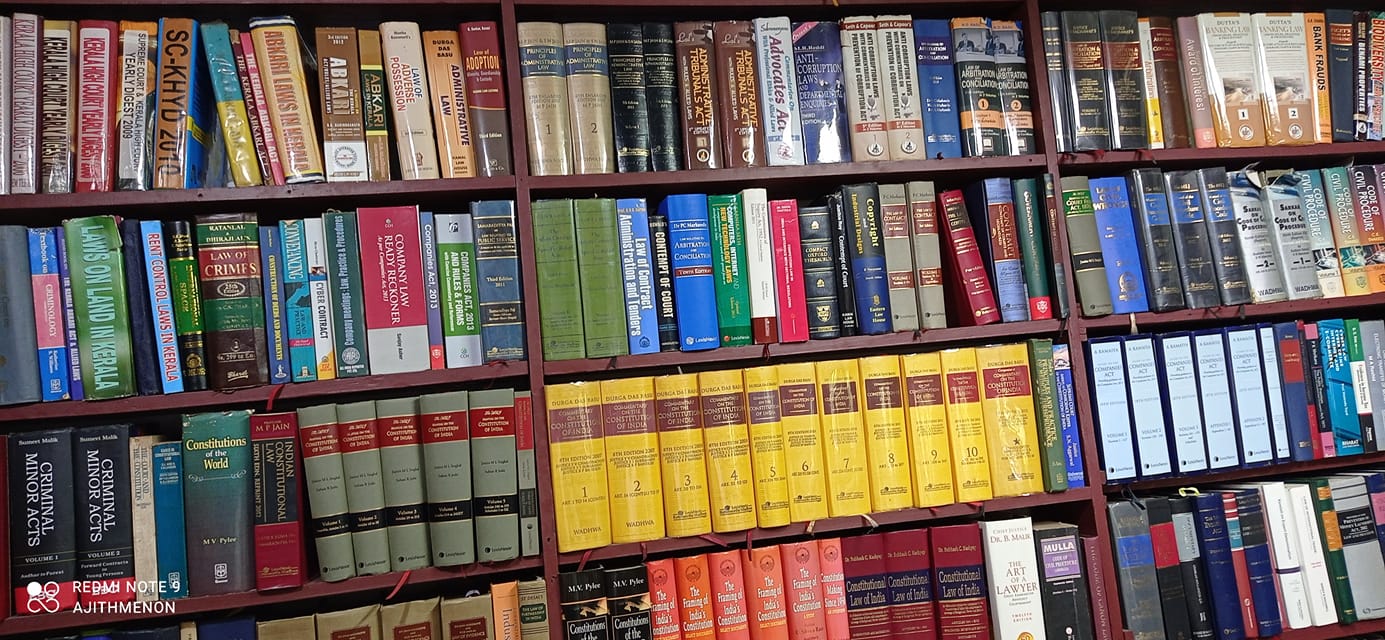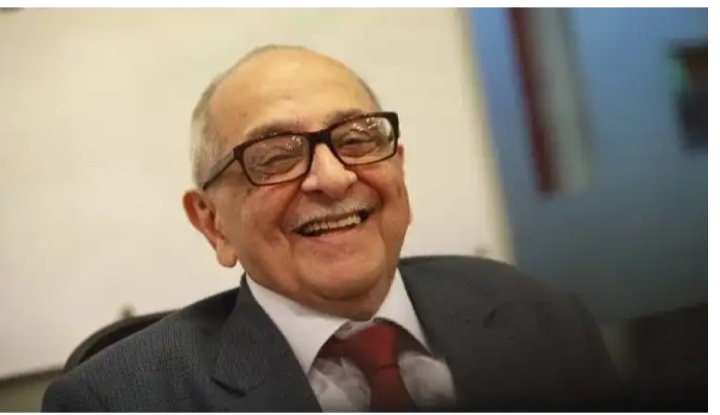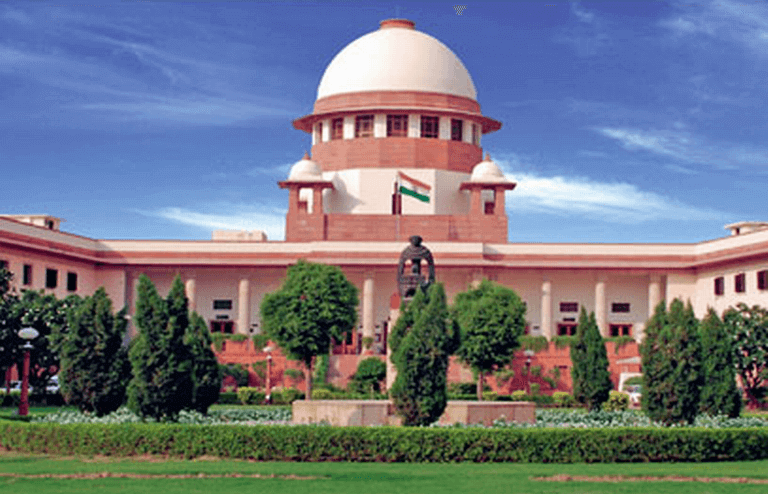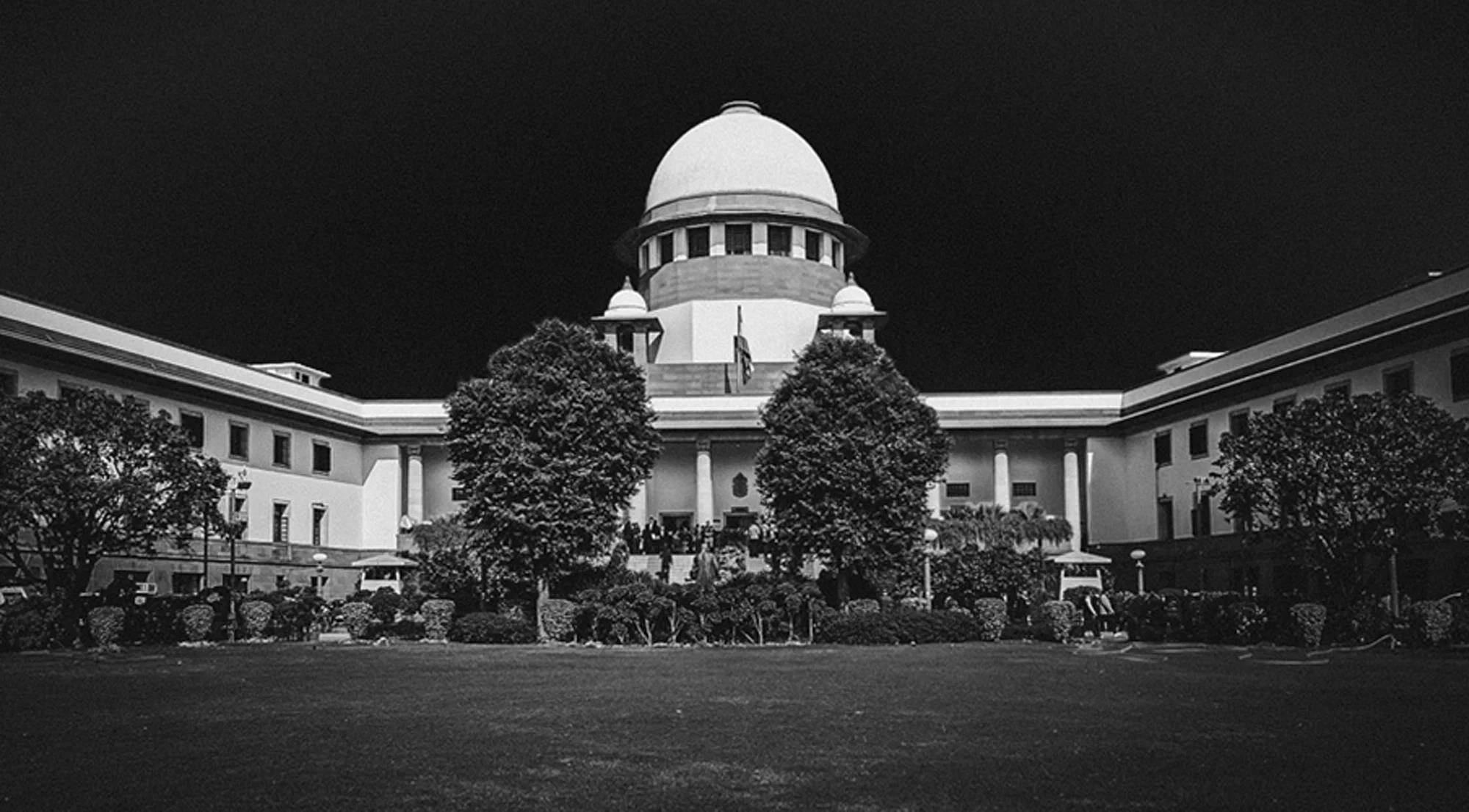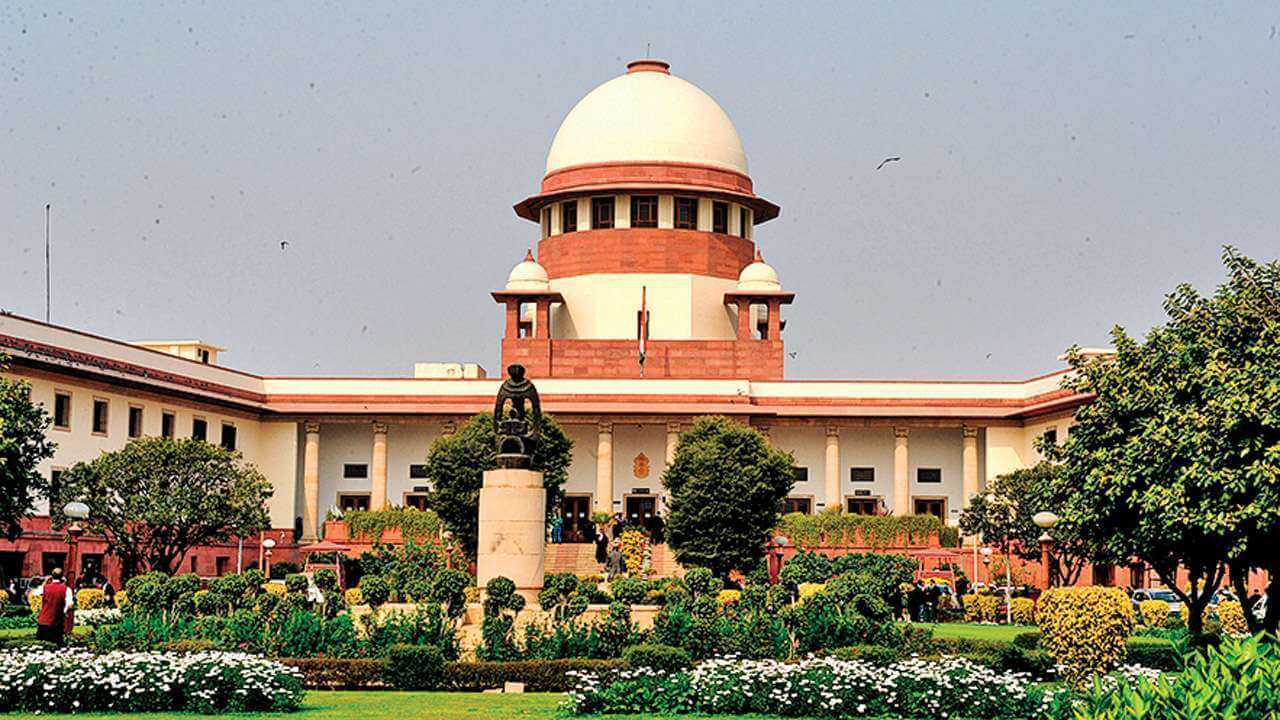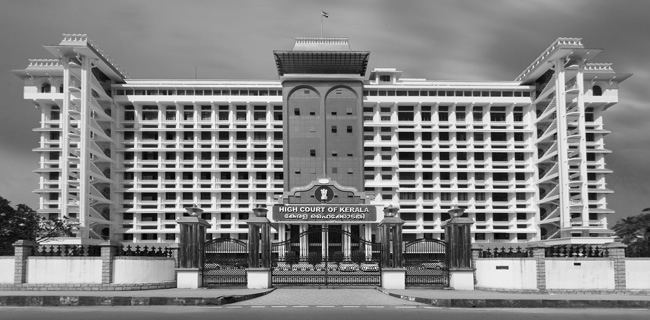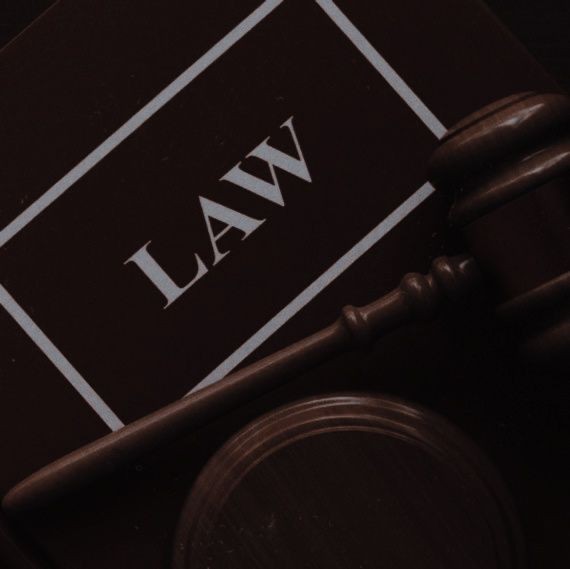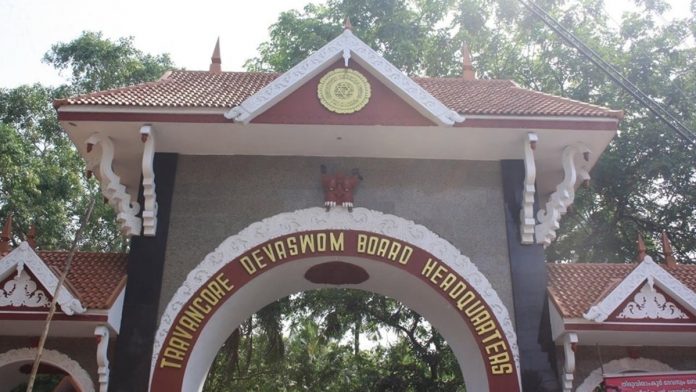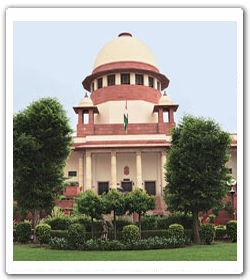Precepts - not to be ‘dead letters’
[N.AJITH, Advocate, High Court of Kerala]
Code of Civil Procedure, 1908 is a fine product of well-thought out efforts, practical expertise and experimentation extending over several decades. It stood the test of time and worked satisfactorily, smoothly and has evoked the admiration of many who dealt with it seriously. During those unexciting lectures on the Code in law college days, Professor would have definitely quoted C J Chagla and his celebrated expression on the Code. "The more you study the Civil Procedure Code the more you realise what an admirable piece of legislation it is"[1].
Though these words sounded parched on those colourful days, when those law student turn into civil lawyers, they will experience the supremacy and exactness in those words. The Code is a ‘Code’ in itself and that is why one need not go elsewhere to find a solution even for the most ticklish and vexing practical situation. ‘Code’ has an answer to every query you make and a way out with utmost intelligible forethought and exactitude.
Precepts, described in Sec.46 of the Code is one of such finely tuned tool to resolve a situation where the decree holder may find it tough to enjoy the fruits of his decree for want of realizable assets of the judgement debtor within the jurisdiction of the ‘court which passed the decree’. Sec.46 CPC though provides a solution for such exigencies, the volume of case laws / judge-made laws on the topic till date would speak about its slow recognition and timely application by both the bench and bar alike. One cannot be said wrong if he finds the word ‘precepts’ in statute as dead letters in the present scenario. Recognition given to ‘simultaneous execution’ and provisions for other sufficiently effective methods of execution has given more colours to such an observation.
A precept in the Code is a directive or order issued by the Court which passed the decree to another court of competent jurisdiction, asking the recipient court to attach any property owned by the JD (judgement –debtor) for a period of time. OED describes it as a “command, order, writ or warrant” issued by one court to another. Precept is no less a legal instrument empowering the courts to issue directives to another competent courts to attach the property of JD within their jurisdiction so as to prevent the JD from disposing or otherwise dealing with his assets to the detriment of the DH ( decree-holder). In that way, a precept does not initiate immediate execution of the decree, but serves only as a step in aid/ preliminary step well ahead of the formal execution proceedings. The precept only provides a more speedy method by which the decreeing court itself can prevent the JD from avoiding payment of his dues under the decree. The order issuing a precept does not actually transfer the decree to the court to which the precept is issued, instead, the attachment resulting from the precept keeps the JD’s property in a state of limbo till the decree is fruitfully executed. No attachment when the properties are situated outside India[2]. Sec. 46 does not contemplate permanent attachment[3]. The proviso added to Sec.46 renders re-attachment unnecessary.
Precepts, as provided in Sec.46 CPC, assume power from Ss.37, 38, 39, 42, O.21 R.6, 8 of the Code. A conjoint reading of these provisions would explain the self working mechanism of the Code on the point, which ensures the DH to enjoy the fruits of his decree.
A decree may be executed by the court which passed the decree[4] or by the court to which it is sent for execution. Ordinarily the former courts deal with executing its own decrees but there may be situations where the decreeing court will find challenges in executing its own decree. JD may not own/possess sufficient property to fetch the decree debt within the decreeing court’s jurisdiction or the JD may be residing outside the jurisdiction so that his personal submission may not be available and so on. In those situations, the decreeing court will find it sensible and effectual that the decree may be executed by ‘another court’[5].
The Judicial Committee, dealing with the situation in Saboda Prasad Mullick v. Luchmeeput Singh Deogar[6], where an order of decreeing court in East Burdwan, sending the decree for execution to three different courts, and directing two of them to attach the property of JD in their respective jurisdictions and await the result execution in the third court, recognised such an effective approach and paved way for the introduction of ‘precept’ in the Code later in 1908.
Once a precept is duly issued, DH need comply certain conditions before the decree can be executed. He need to prefer an application under Sec.39 CPC, to the court originally passed the decree to transmit the decree to the other court which will in turn be responsible to execute the decree. Then, the DH has to prefer a regular application for execution of the decree so transmitted to the court to which the decree is duly transferred. Issuance of a precept will not absolve the party from the due process of executing the decree, but only assures that the DH’s efforts will not be wasted for want of JD’s assets. It is not a directive for execution and an attachment pursuant to a precept is not an attachment or a step in actual execution proceedings[7]. The period of two months can be extended, though the order is passed after the period, provided the application for execution is filed within time[8].
The Court to which a precept is issued derives authority there from, to proceed within the bounds and inhere powers to deal with all matters which may incidentally arise in connection with the proceedings for the attachment. It cannot be said that a court to which a precept is issued has no jurisdiction to stay execution if the JD deposits the decretal amount in the court or gives security for the payment of the debt[9].
Sec.46 CPC governs only attachment in execution of the decree and does not come into play in the context of O.38 R.5 or O.21 R.46 of the Code[10].
A transferee court cannot issue a precept[11], but a precept can be issued by the court even after the decree is transferred to another court for execution. The receiving court cannot question the validity of the precept[12]. The court has to attach the property and wait for due execution process[13]
An order passed under Sec.46 of the Code is not an order in execution, and only tends to facilitate execution. The order is not in itself a step or aid in execution, and therefore not an appealable one[14].
The magnitude of judicial pronouncements on precept tells us the inverse trend of its applicability in the day to day business of execution courts in the country. We may hopefully presume that majority of the decree holders could find their JDs having sufficient properties within the jurisdiction of the decreeing courts and they are not forced to opt for Sec.46 CPC.
Though a powerful, self working tool, now a days ‘precept’ is seldom employed in actual practice and slowly moving to find its place among other dead letters in the Code. Let it not happen.
***************
[1] Chagla C.J. (as he then was) in his foreword to Soonavala's Treatise on the Law of Execution Proceedings (1958).
[2] 1931 Lah 723
[3] 1936 Lah. 486
[4] Sundaram Finance Limited v. Abdul Samad (2018) 3 SCC 622
[5] Manganese Ore (India) Limited v. Mangilal Rungta AIR 1981 Delhi 114
[6] 14 Moors Indian Appeal 529
[7] Rai Kissenji v. Sri Kissen ILR 1939 (2) Cal. 370 ; Rampalli Ramachandrudu v. Sait Bakraj Ghulabchand AIR 1952 Mad. 826 ; Champalal v. Mohanlal AIR 1959 MP 397
[8] Sivakolundo v. GAnapathy 34 IC 302
[9] Puranmal v. Dinanath AIR 1926 Lah. 433
[10] Chimandas v. Mahadevappa AIR 1961 AP 416, 417; AIR 1940 Cal 26
[11] Langley & Co v. Lakshmi AIR 1926 Sou 157
[12] Galstaun v. Dinshaw AIR 1927 Cal. 581; AIR 1926 Lah.433
[13] AIR 1933 All. 844
[14] Pallonji Shapoor v. Edward V Traders ILR 12 Bom. 400 ; Rai Kissenji v. Sri Kissen ILR 1939 (2) Cal. 370 ; Rampalli Ramachandrudu v. Sait Bakraj Ghulabchand AIR 1952 Mad. 826; Kashishwar v. Ashwini AIR 1927 Cal 249; but pls see Kapoor Chand v. Revati AIR 1956 MB 208 which says otherwise.
